If you’ve ever zipped up a windbreaker or felt the sleek lining inside a bag, chances are you’ve touched taffeta. But 380T taffeta? That’s the good stuff. It’s not just shiny and smooth — it’s designed with a higher thread count for better durability, water resistance, and comfort. Let’s dig into what makes this fabric so popular.
|
Specification |
Details |
|
Also Known As |
High-density taffeta, 380 Thread Count Taffeta, Lightweight Ripstop Taffeta |
|
Manufacturing Process |
Weaving (Plain weave) → Dyeing → Coating/Lamination (optional) |
|
Appearance |
Smooth, semi-shiny, crisp surface with slight rustle |
|
GSM Range |
35 - 40 GSM |
|
Composition Range |
100% Polyester or 100% Nylon |
|
Construction Range |
380T (approx. 210 warp + 170 weft) |
|
Functionality |
PU, TPU, AC, W/R, PVC, PV, Silver Coating, Milky Coating |
|
Possible Yarn Count |
20D |
|
Full Width |
57/58”, 59/60” |
|
Fabric Breathability |
Low (without coating), Moderate (with breathable coating like TPU) |
|
Stretchability |
Non-stretch (No spandex or elastic fiber included) |
|
Prone to Pilling/Bubbling |
Low, but bubbling may occur under high heat or poor lamination |
|
First Produced (Country & Year) |
Japan, ~1960s (as technical evolution of classic taffeta for outerwear) |
|
Biggest Exporter Country |
China (Exports approx. 120,000+ tons/year, as of latest trade data) |
|
Recommended Washing Temperature |
30°C to 40°C (cold or lukewarm); avoid high-heat drying |
|
Finishing Uses for Functionality |
- PU Coating (waterproof) - TPU Lamination (breathable + waterproof) - AC Coating (anti-condensation) - Silver Coating (UV resistance) - PVC/PV (heavy-duty applications) |
|
Coating Weight (if applicable) |
PU/TPU: 8–20 GSM; PVC/PV: 25–40 GSM |
|
Tear Strength (avg.) |
12–20 N (depends on yarn and coating type) |
|
Tensile Strength (avg.) |
150–250 N/5cm (varies with nylon vs polyester) |
|
UV Resistance |
Moderate to High (with Silver/Milky coating) |
|
Color Fastness |
3.5–4.5 (on scale of 5) |
|
Moisture Wicking |
None (unless treated or backed with mesh) |
|
Applications |
- Lightweight Jackets & Windbreakers - Lining for Coats & Bags - Sleeping Bags - Tents & Tent Flysheets - Raincoats - Umbrellas - Drawstring Bags - Duffel Bags |
|
Shrinkage Rate |
<2% (polyester); slightly higher for uncoated nylon |
|
Ironing Recommendation |
Not recommended; use low heat if necessary, avoid coated surfaces |
|
Environmental Impact |
Not biodegradable; recycled polyester (rPET) versions available |
|
Typical MOQ (in wholesale) |
1000–3000 meters (varies by supplier) |
Table Of Contents
What Does 380T Mean in Taffeta?
Thread Count Explained Simply
"380T" refers to the total thread count per square inch. In 380T taffeta, the number 380 = warp threads + weft threads. That means this fabric is tightly woven, making it denser than 190T, 210T, or even 300T varieties.
How 380T Differs from 190T, 210T, or 300T
|
Type |
Thread Count |
Feel |
Durability |
|
190T |
Low |
Light, thin |
Less durable |
|
210T |
Moderate |
Slightly dense |
Moderate strength |
|
300T |
Higher |
Softer, silkier |
Stronger |
|
380T |
High |
Smooth, sturdy |
Best durability |
You could say it’s like comparing a single-ply napkin to a 3-ply tissue. Same idea, better performance.
Key Characteristics of 380T Taffeta Fabric
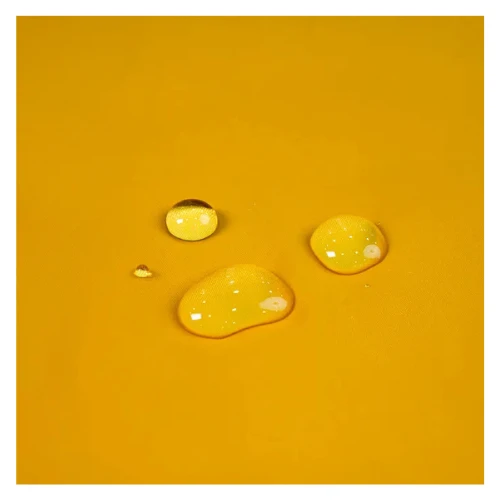
Appearance and Texture
380T taffeta has a crisp, slick surface with a subtle sheen. The smooth texture helps reduce friction, making it an ideal lining fabric for technical garments.
GSM Range and Composition
- GSM Range: Typically between 55 to 80 GSM, depending on coating.
- Composition: Mostly 100% polyester or nylon.
Polyester is common for affordability; nylon offers better strength and tear resistance.
Construction and Weave Style
Woven using a plain weave, the warp and weft interlace tightly. This gives the fabric its firm structure, low stretch, and noise — yes, that slight “rustle” is intentional.
Functional Finishes
- PU Coating – waterproof, flexible
- TPU Lamination – enhanced waterproofing, breathable
- AC Coating – anti-condensation
- W/R Finish – water-repellent
- PVC or PV Coating – heavier, used in outdoor gear
Depending on end-use, the same 380T base can feel different after coating.
Technical Specifications of 380T Taffeta Fabric
Yarn Count and Density
Most commonly seen yarn count is 20D to 30D (denier), especially in nylon taffeta fabric. This results in:
- Tight packing
- Higher tensile strength
- Windproof finish
Width and Stretchability
- Full Widths: Usually 57/58” or 59/60”
- Stretchability: Very low
Taffeta isn’t made to stretch. If stretch is needed, spandex-blend options are required (though rare in 380T).
Breathability and Waterproofing
While polyester 380T isn't breathable by default, breathable membranes like TPU can be laminated onto it.
- Breathability (with lamination): ~3,000–5,000 g/m²/day
- Waterproofing: Up to 10,000 mm Hâ‚‚O resistance with proper coating
Where and How 380T Taffeta Is Used
Outerwear and Jackets
Due to its lightweight and tight weave, it’s a go-to lining for:
- Windbreakers
- Puffer jackets
- Raincoats
With coatings, it even works as the outer shell.
Sleeping Bags and Tents
Camping gear loves 380T taffeta. Why?
- It packs small
- It resists tearing
- It holds waterproof coatings well
Tents often use it in flysheets or floors when lightweight weather protection is key.
Fashion Accessories and Lining
Used as lining for:
- Handbags
- Duffel bags
- Suitcases
Also used in umbrellas for its crisp feel and light rain resistance.
Advantages and Limitations
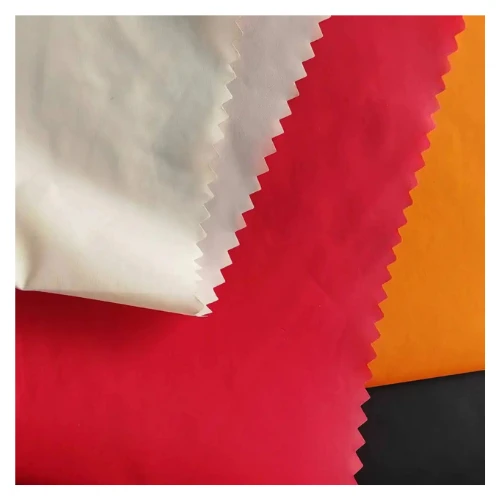
Strengths of 380T Taffeta
- Lightweight but durable
- Strong against tearing
- Compatible with multiple coatings
- Resistant to mildew
- Cost-effective for performance applications
Weaknesses and What to Watch Out For
- Can feel “plasticky” when heavily coated
- Not breathable without a membrane
- Prone to noise (rustling sound)
- Doesn’t stretch — tailoring can be tricky
Conclusion
Final Thoughts on Choosing 380T Fabric
380T taffeta is like that dependable friend who doesn’t show off but always performs. Whether it’s in your favorite travel jacket or protecting you inside a tent, it’s there—lightweight, strong, and ready for adventure. If you need high-density performance without adding weight, 380T is a smart, flexible choice.
FAQs
1. What is the difference between 380T and 300T taffeta?
The difference lies in thread count—380T is tighter and stronger than 300T, making it more durable and water-resistant.
2. Is 380T taffeta waterproof?
Not by default. But when coated with PU, TPU, or PVC, it becomes highly water-resistant or even fully waterproof.
3. Can I wash 380T taffeta at home?
Yes, use cold water and gentle detergent. Avoid high heat drying or ironing. Coatings may degrade over time with rough handling.
4. What’s the GSM of 380T taffeta?
It ranges between 55 to 80 GSM, depending on the yarn type and finishing treatments.
5. Which is better—nylon or polyester 380T?
Nylon is more durable and flexible, but polyester is more affordable and UV-resistant. The choice depends on your use case.



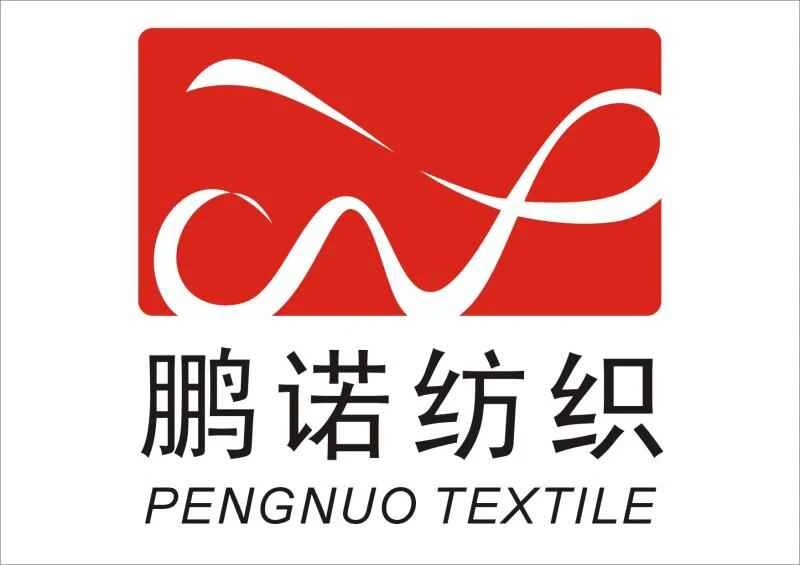

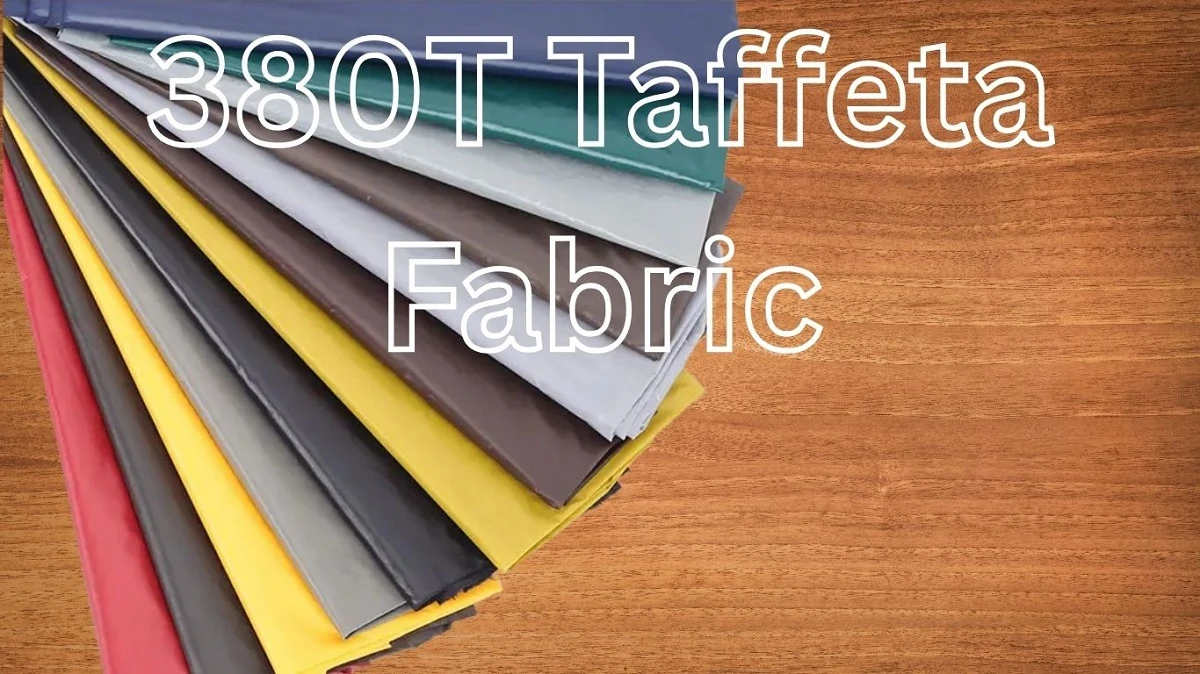
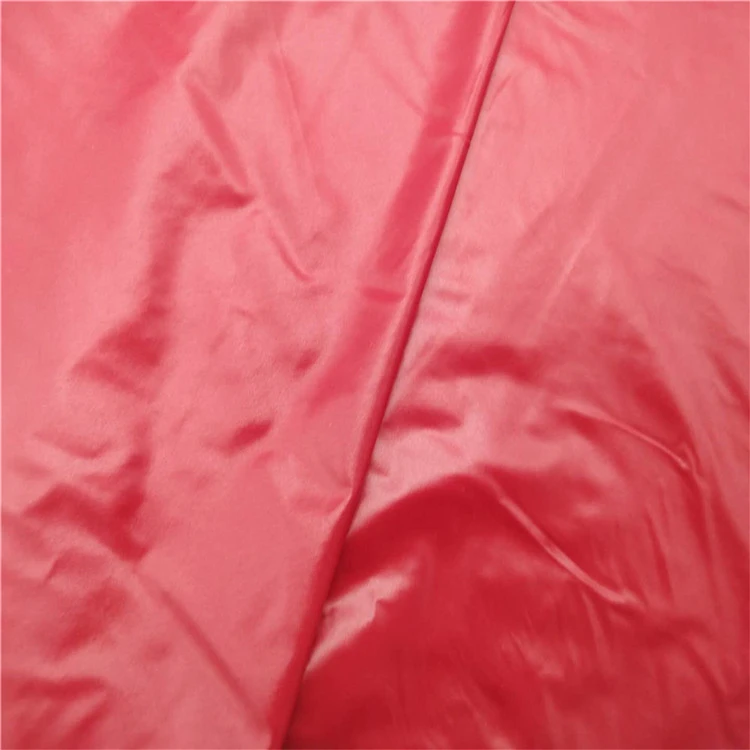
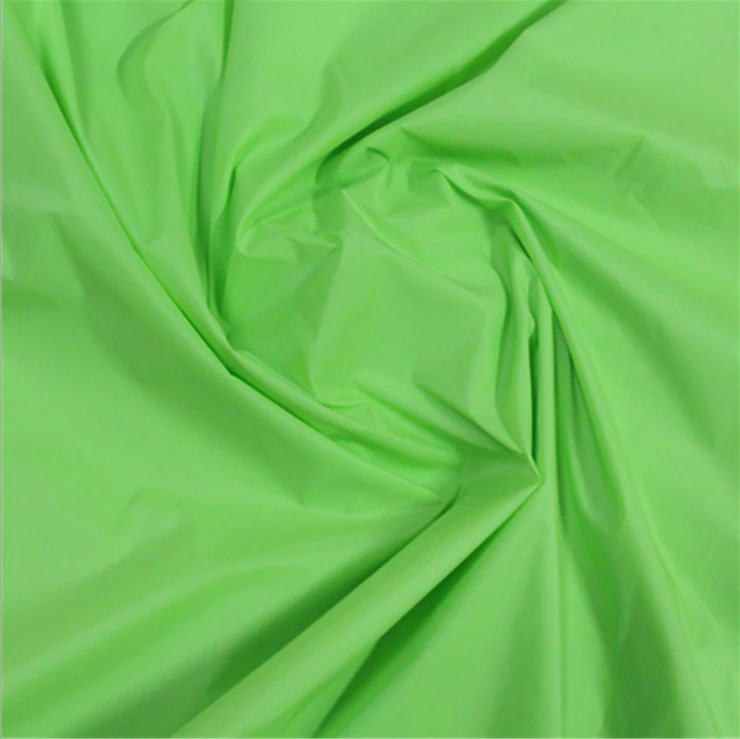
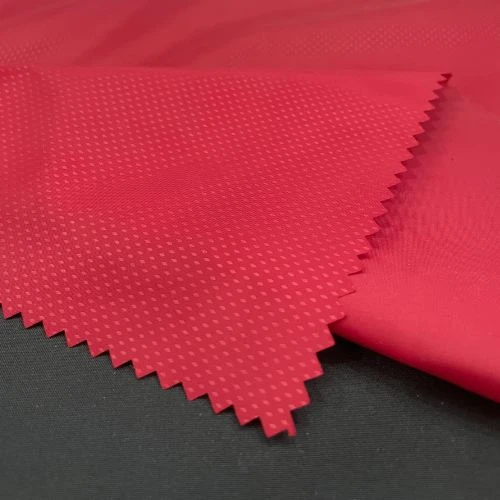

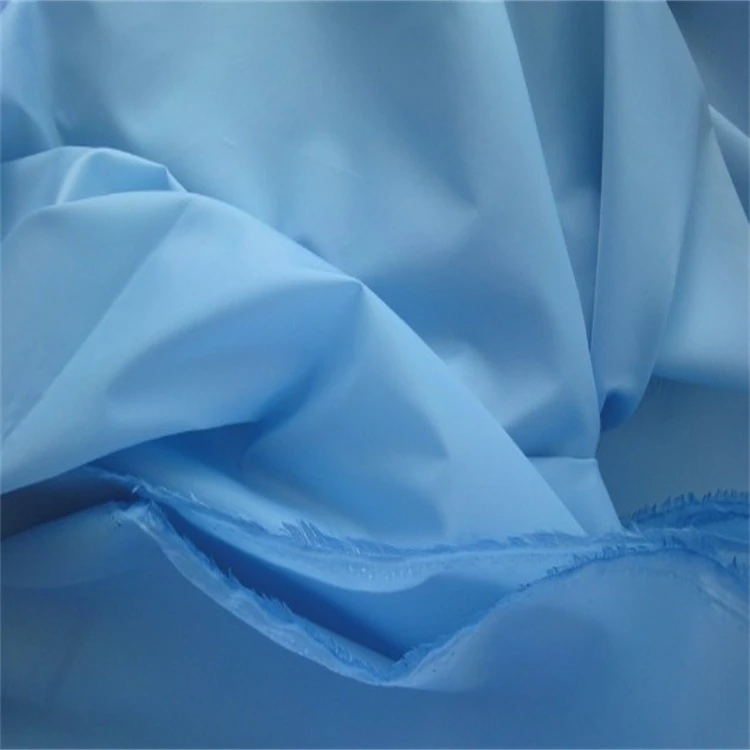
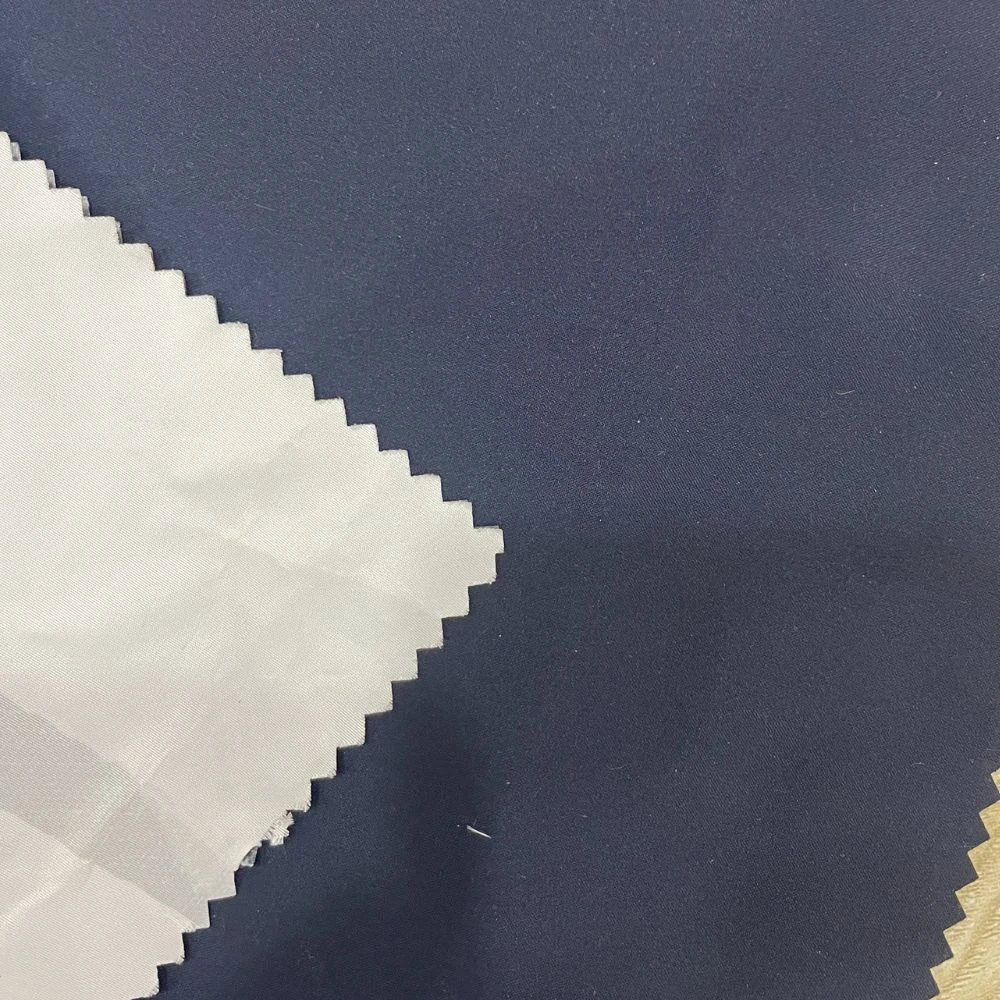
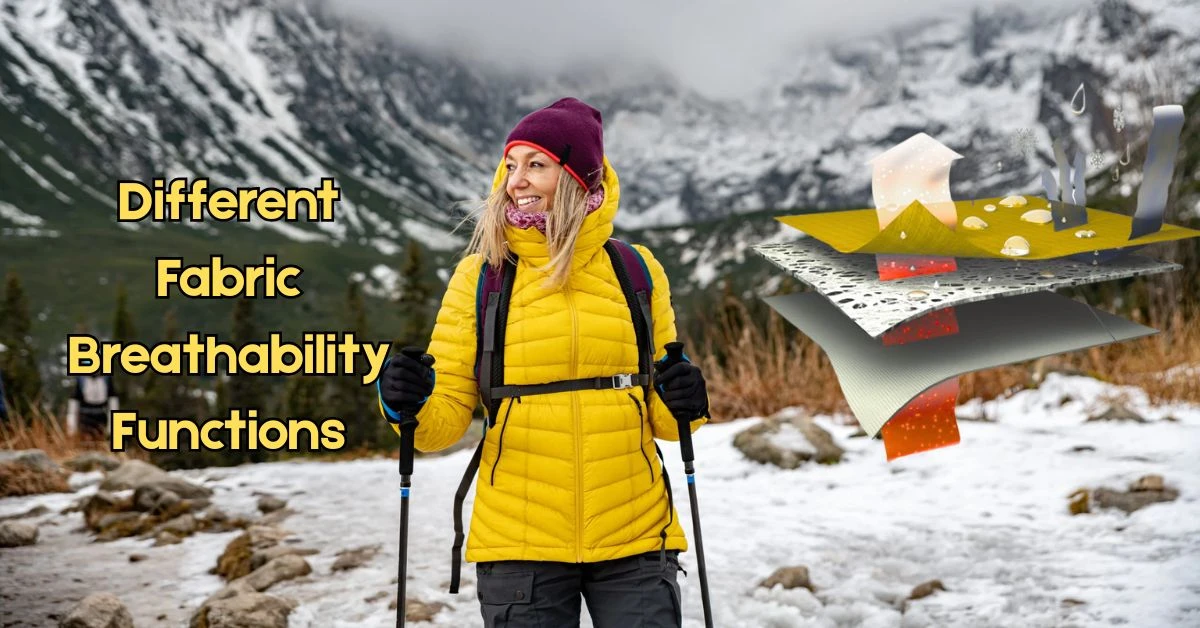
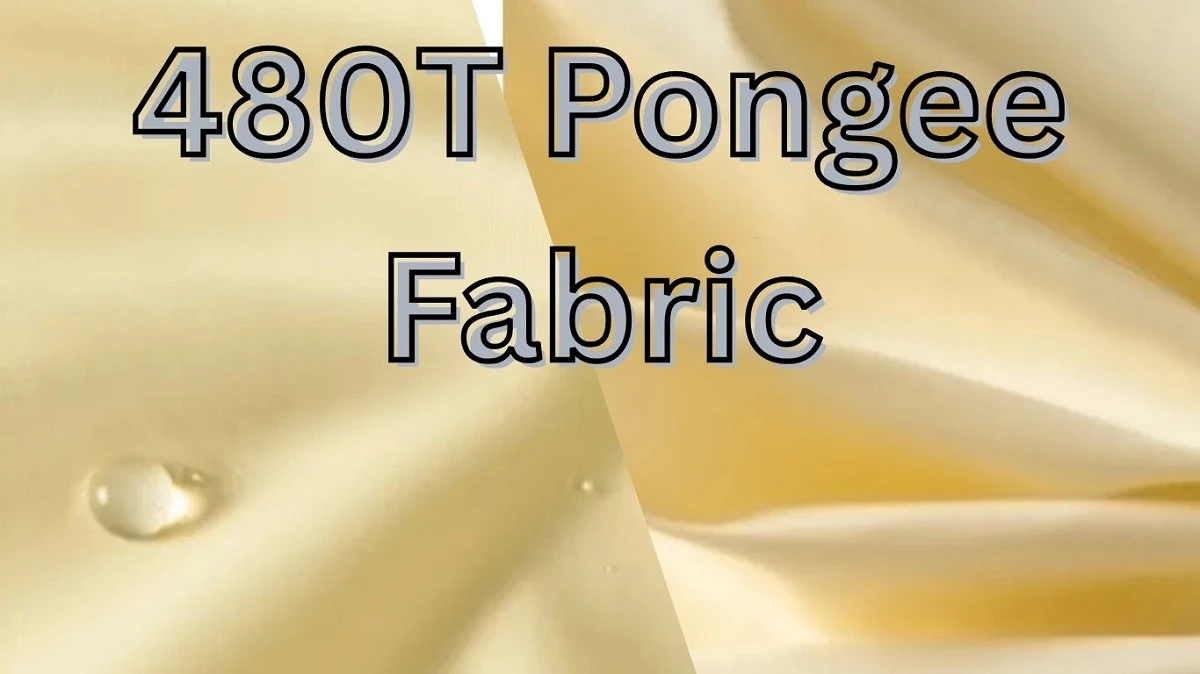
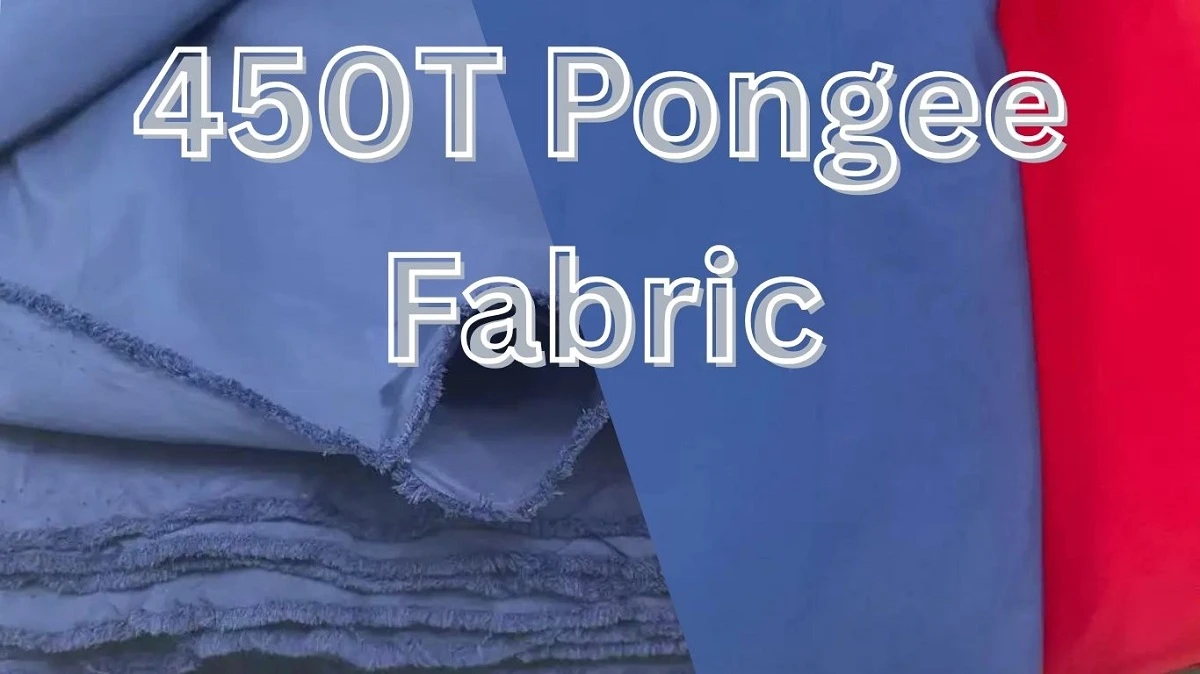
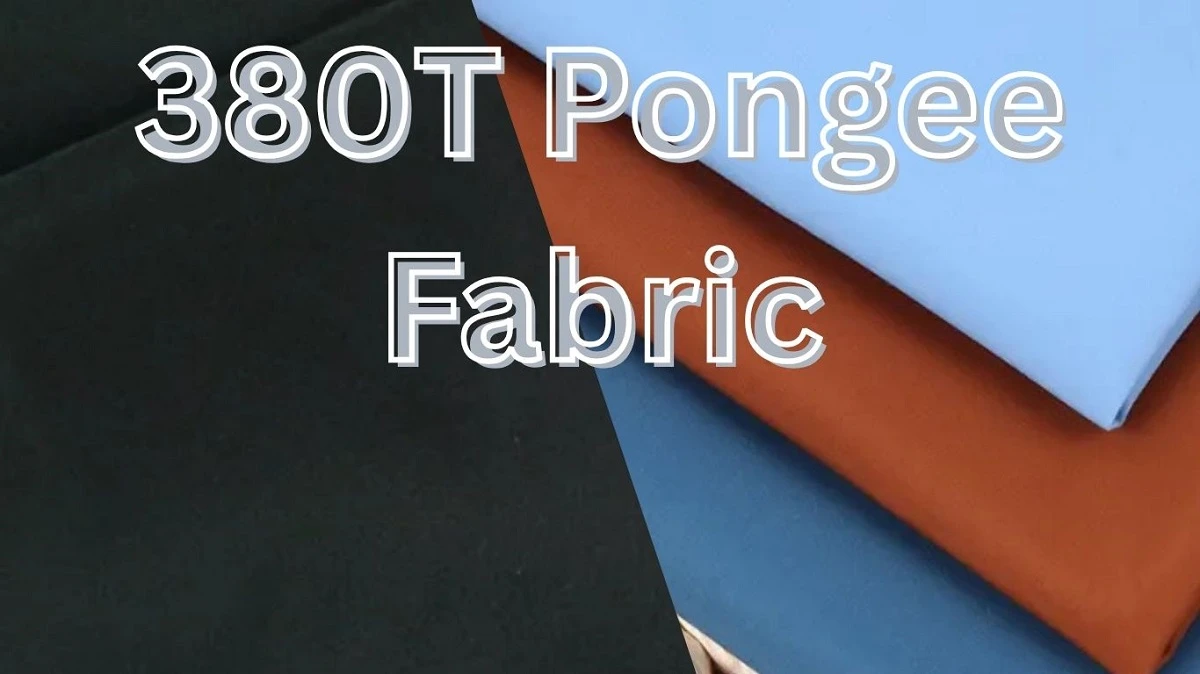
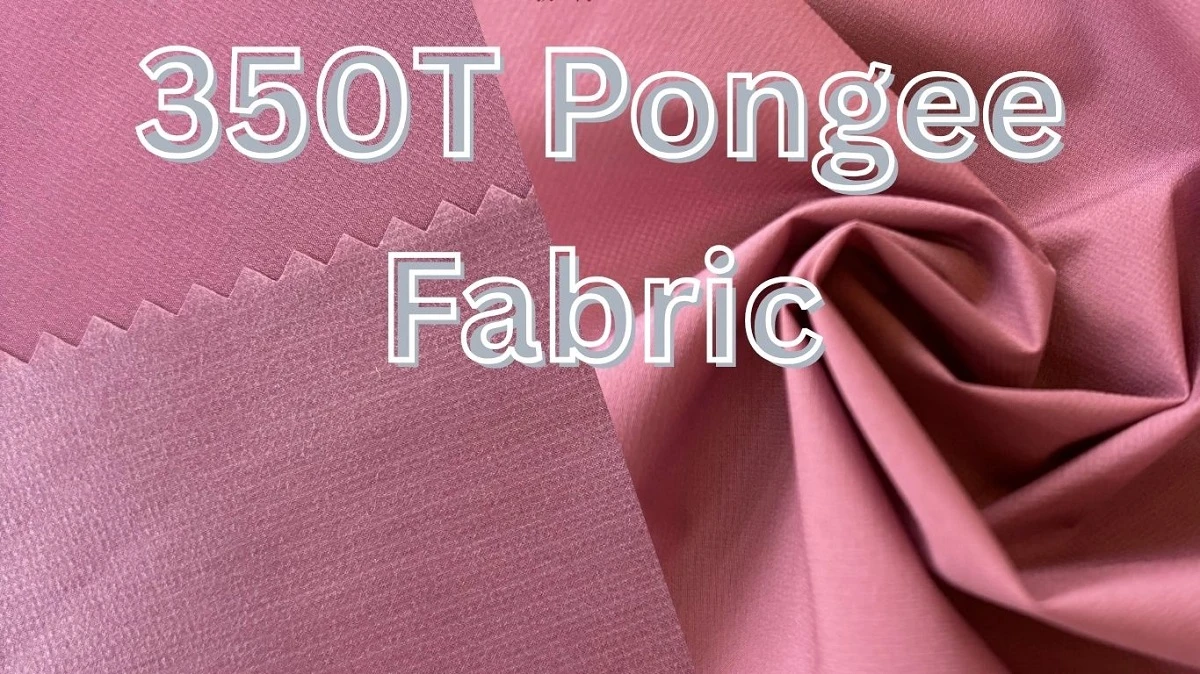
Comments - 00
Leave A Reply
Thanks for choosing to leave a comment.